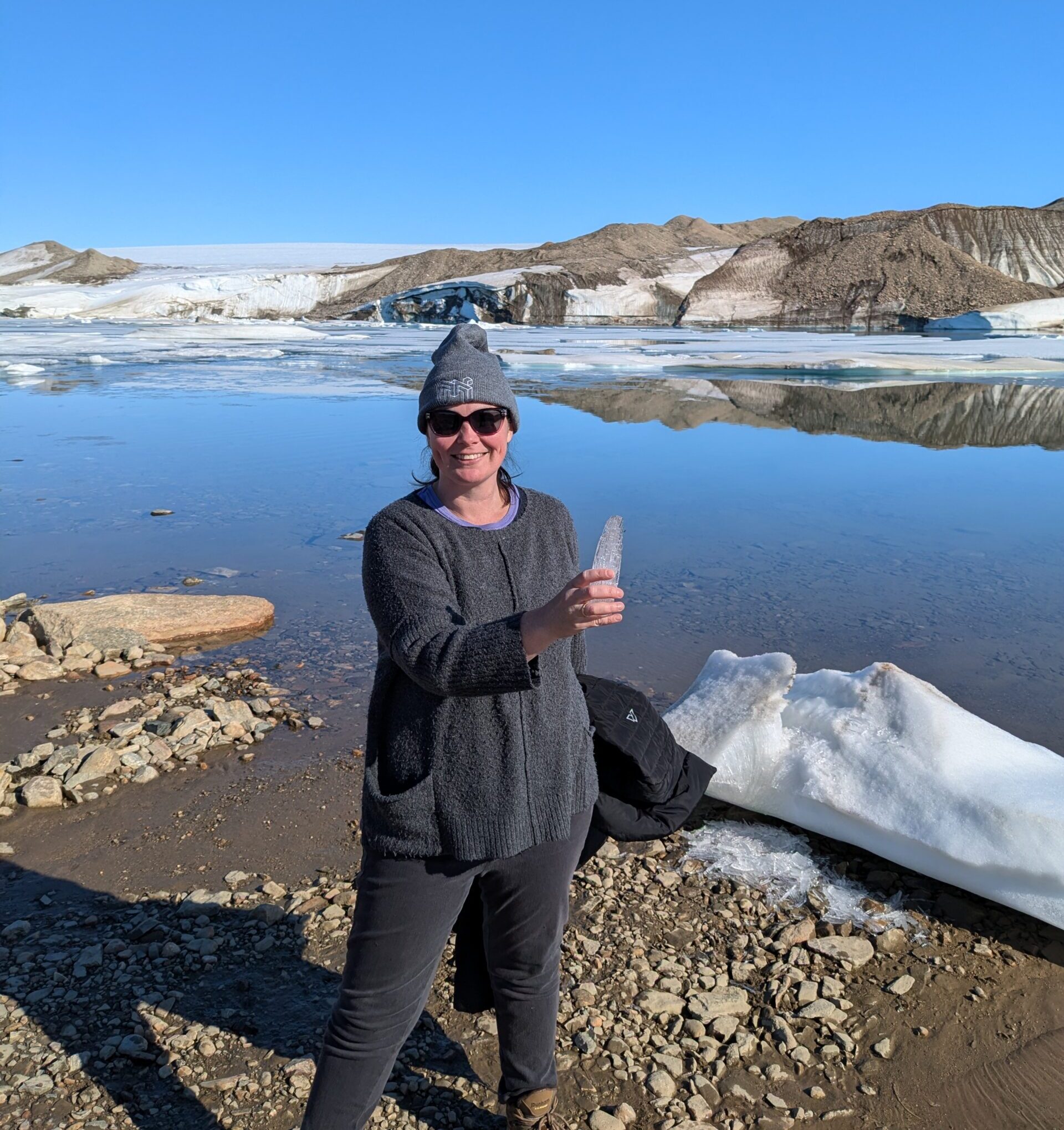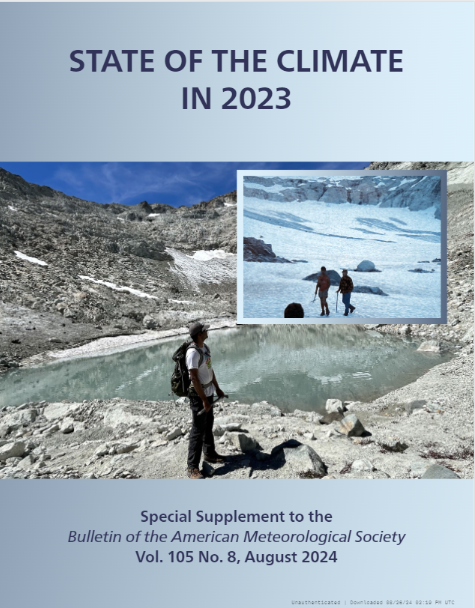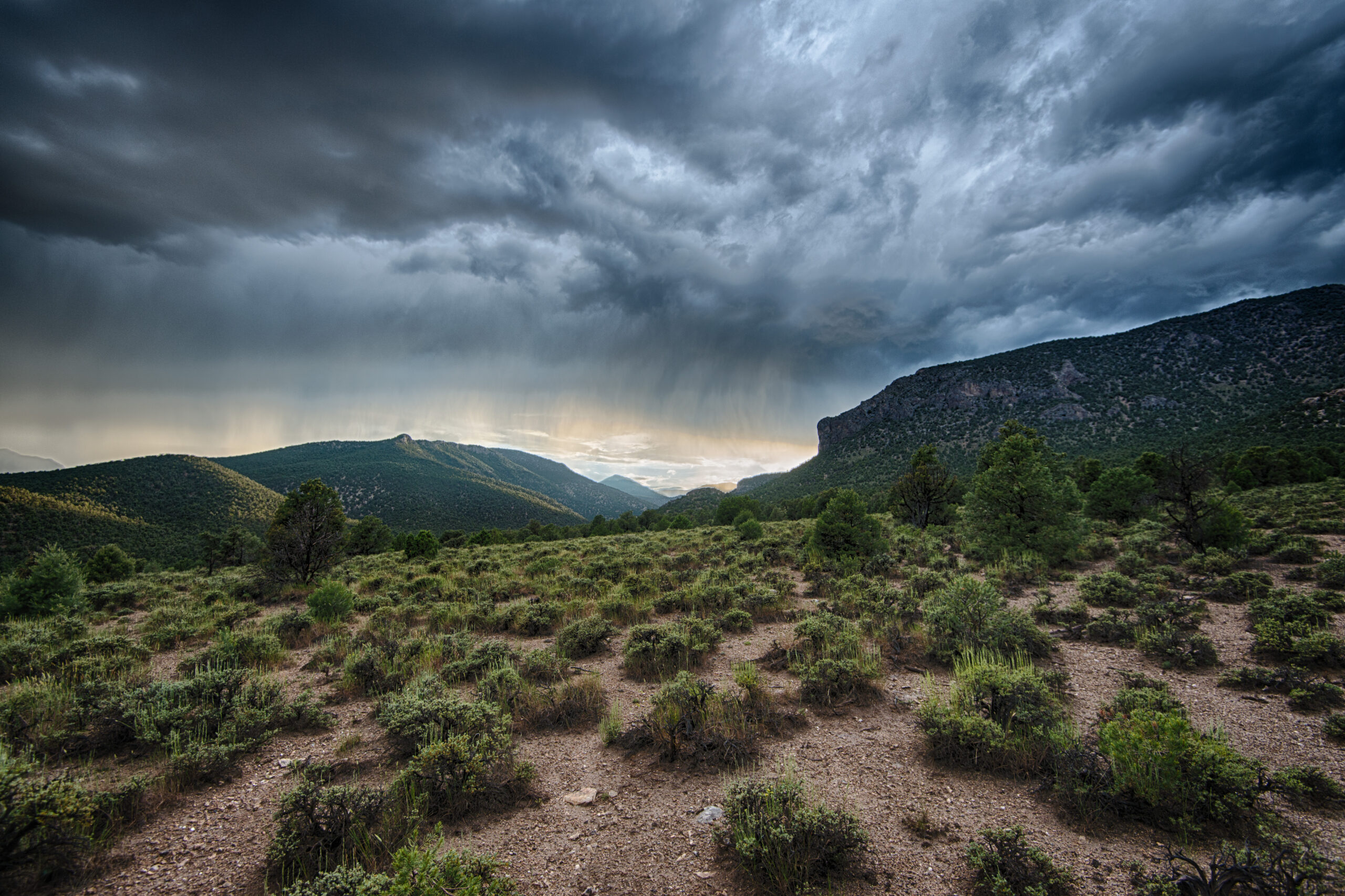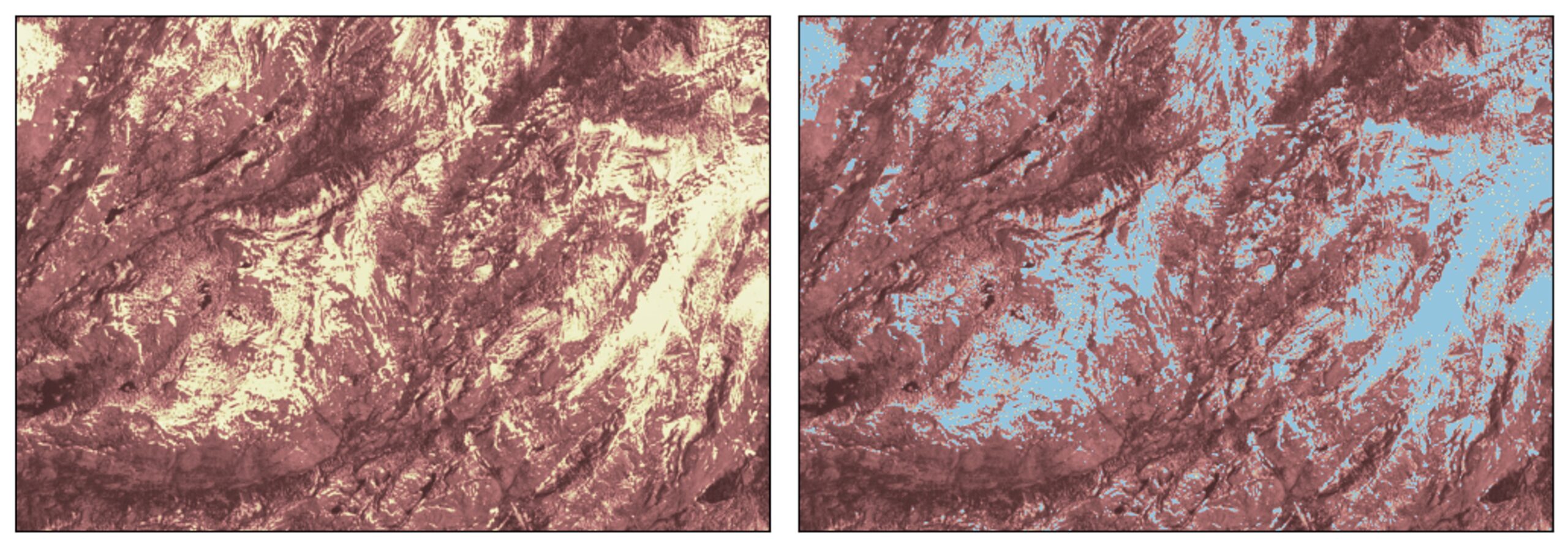1.2 billion people around the world rely on seasonal snow for their water supply. However, no snow-focused satellite currently exists. The satellites that do attempt to look at the spatial coverage and temperature of snow often struggle to retrieve information about snow in forested regions, which accounts for nearly half of Earth’s snow cover. The forest canopy blocks a lot of satellite remote sensing retrievals, forcing scientists to rely on models. However, processes that control how snow accumulates and melts are pretty different in forested and exposed locations. For example, warmer forests like in the US Pacific Northwest have larger amounts of snow intercepted by the forest canopy and winter snowmelt. This typically makes snow last longer in clearings than in the forest. The opposite is true in colder climates, where snow tends to last longer in the forest.










